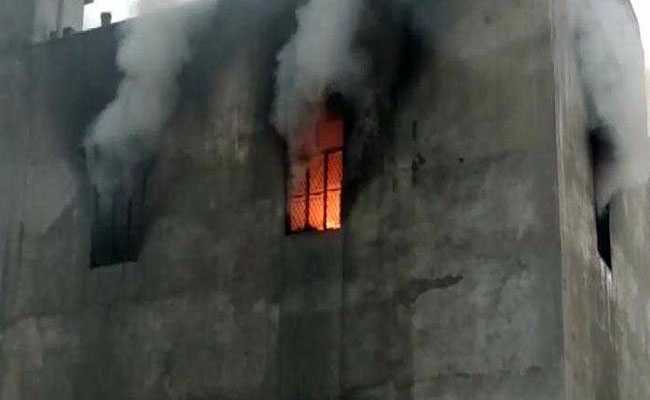
A factory fire broke out Sunday, December 8, 2019, in a factory that produced school bags, purses, and toys, in the Anaj Mandi neighborhood, in New Delhi. At least 43 workers were killed. A factory fire broke out Saturday, July 13, 2019, in a hardware factory in the Jhilmil industrial area, in New Delhi. “Only” three workers were killed. A factory fire broke out Saturday, January 20, 2018, in a gunpowder factory in the Bawana Industrial area, in New Delhi. Seventeen workers were killed. Every time, government officials proclaim their sadness. Every time, the media describes the “tragedy”, interviews relatives weeping at the morgue and the hospital. Every time, explanations, alibis, “explain” what happened. Narrow streets. Inaccessible spaces. Every time … That fire was a planned massacre. The building was a death trap waiting to explode, the workers, mostly migrant Muslim from Bihar, were slated for the sacrificial burning. As one witness explained, speaking of the workers, “Their only fault was they were poor.” He paused and then concluded that the workers’ lives were “a bigger tragedy than their death.” What is tragedy in this world?
We know what happened Sunday: the factory was illegal; the building far exceeded height limitations of the area; of 18 rooms in the building, 15 are rented out to different entities running illegal factories, and, of course, there are no leases or any other documents; there was never any police verification of anything, as there should have been; the building was packed, in violation of city rules, with hazardous and inflammable items; goods blocked one emergency exit, which was locked from the outside; the other exit was impassible thanks to packages piled up in front of it; other exits were locked from the outside; windows were barred and could not be opened; firefighters had to break down the outer gate and then the doors to get in. We know.
We know that the workers lived and slept in the factory itself, because their wages were so low that that’s what they could afford; that almost all the workers asleep on the third floor died, slowly and painfully, of suffocation, many of them on their phones, calling loved ones, friends, pleading for help, saying farewell. We know.
We know that now people will be investigated, arrested, even convicted; that the workers in the other illegal factories in other illegal buildings in the Anaj Mandi neighborhood are afraid that they will lose their jobs. Anaj Mandi has become “interesting”. We know this. This is modern urban and national political economic development. We know.
We do not know if we will remember this particular fire a week from now, a month or year from now. Maybe. Maybe not. But we know another factory is waiting to explode, and when it does, the Great Men will intone tragedy this and sorrow that. Tell them to stop. Tell them, we know. We know.
(Photo Credit: New York Times / AP / Dinesh Joshi)

